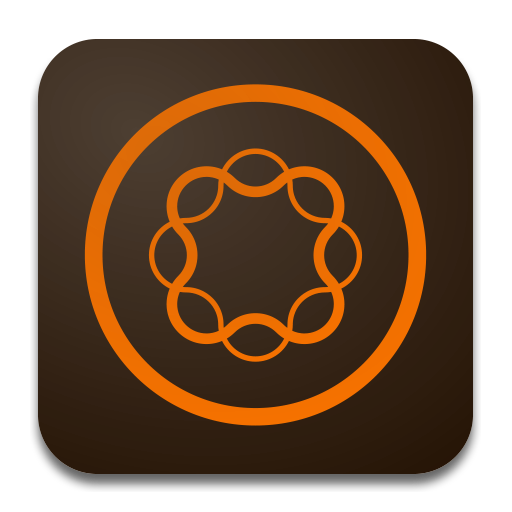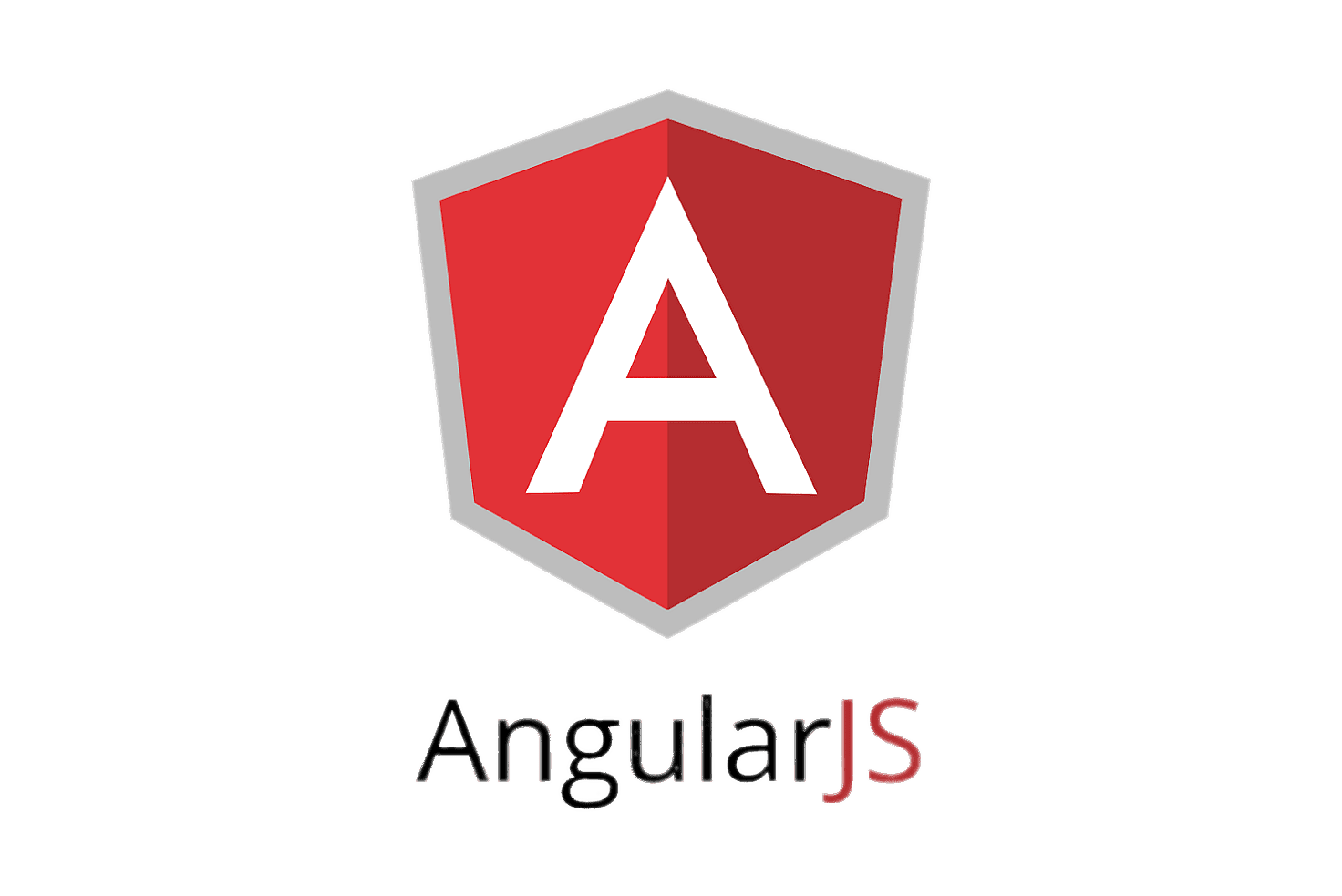Adobe Experience Manager (AEM) is a comprehensive content management solution for building websites, mobile apps, and forms. It is part of the Adobe Marketing Cloud, offering a robust platform for businesses to deliver a consistent and personalized user experience across various channels, including web, mobile, email, and social media. AEM simplifies the management and delivery of a website's content and assets, and combines digital asset management with the power of a content management system.


Angular is an open-source web application framework led by the Angular Team at Google and by a community of individuals and corporations. It offers a platform to build dynamic single-page applications using TypeScript and HTML. Angular is known for its powerful data binding, dependency injection, and modular architecture, making it a popular choice for developers looking to build scalable and maintainable web applications.
Vue.js is a progressive JavaScript framework for building user interfaces. Unlike monolithic frameworks, Vue is designed to be incrementally adoptable. Its core library focuses on the view layer only, making it easy to pick up and integrate with other libraries or existing projects. Vue is known for its simple API, reactivity, and component-based architecture, which makes building complex applications more maintainable and readable.


Shopify is a cloud-based, SaaS (Software as a Service) eCommerce platform that offers everything you need to set up and run an online store. From product listings to payment processing, Shopify provides a wide range of features and tools for businesses to launch, run, and manage their online presence. With its user-friendly interface and a variety of customizable themes, it's a popular choice for both startups and established businesses wanting to sell online.
ReactJS, often simply called React, is an open-source JavaScript library for building user interfaces or UI components. Developed and maintained by Facebook, React allows developers to create reusable UI components and build large web applications that can change data without reloading the page. Known for its virtual DOM, it provides a flexible and efficient way to build interactive user interfaces for websites and applications.


Ionic is a great choice for creating basic native functionalities within an application which can run on multiple devices and operating system. The main advantage of the Ionic framework is that we can build the app once, rather than multiple times for separate devices and can deploy everywhere. It makes the app development fast and cost-efficient. It also reduces the need for maintenance.
Bootstrap is a popular open-source front-end framework for web development. It was originally created by Twitter and is now maintained by the Bootstrap community. Bootstrap provides a set of pre-designed, responsive, and customizable HTML, CSS, and JavaScript components, making it easier to create modern and mobile-friendly websites and web applications.

NUXT is a powerful open-source framework for building modern web applications using Vue.js. It offers features like server-side rendering for improved SEO and performance, automatic routing, layouts for consistent page structures, middleware for global logic, and built-in state management with Vuex. With NUXT, developers can create dynamic, high-performance web applications with ease.